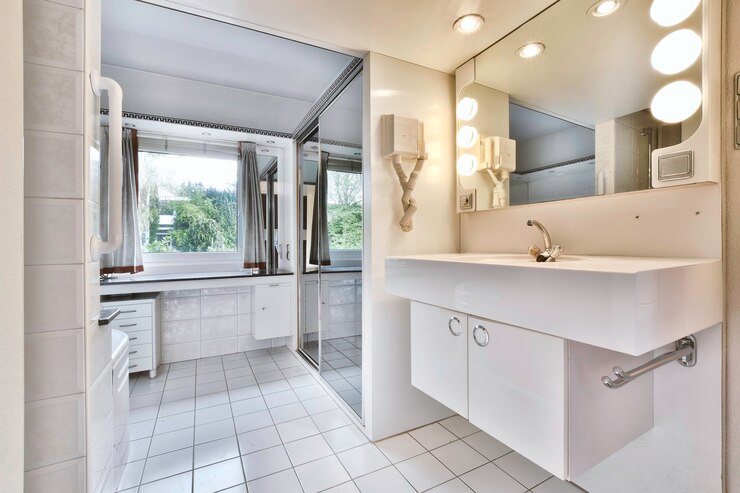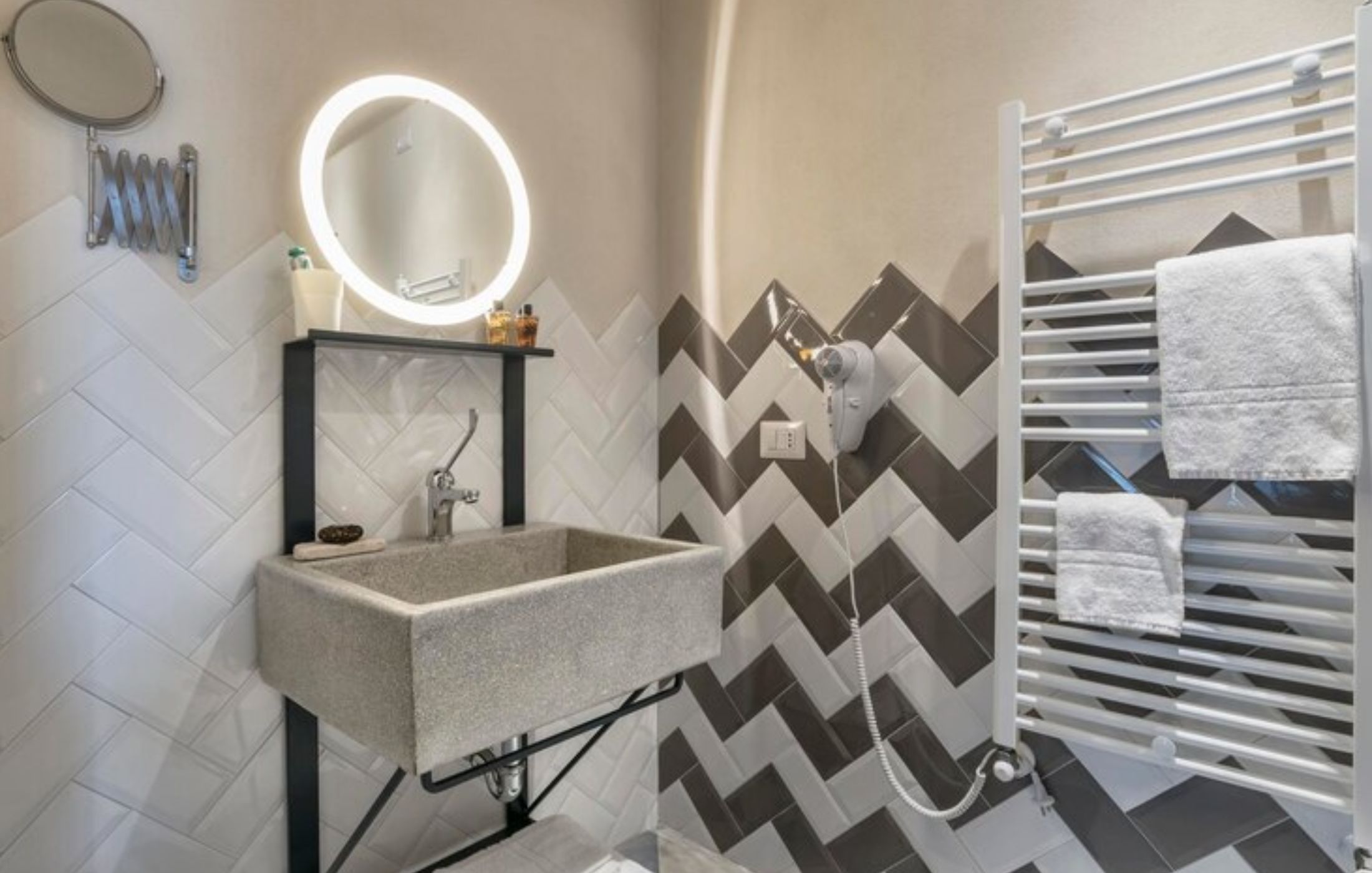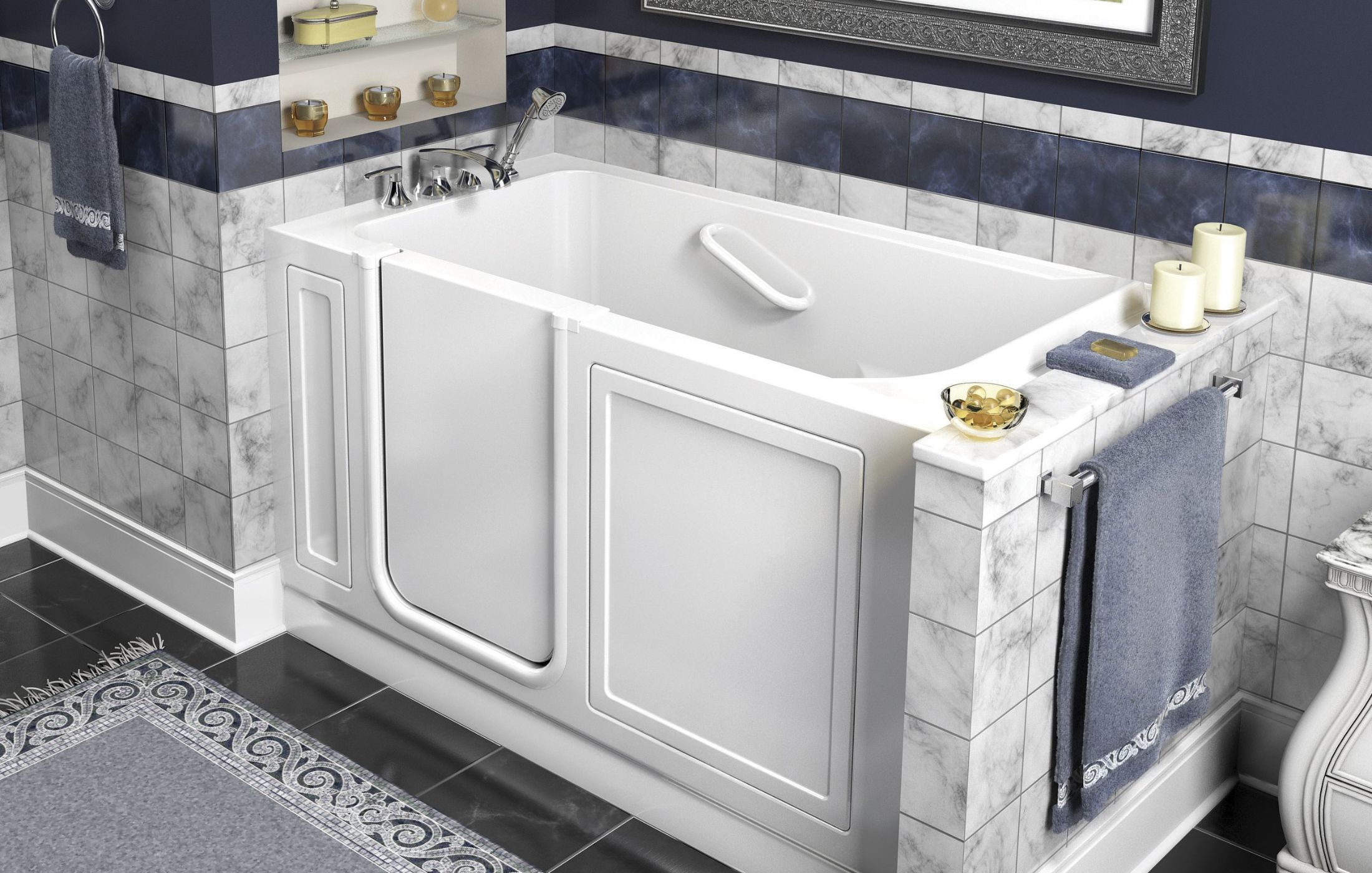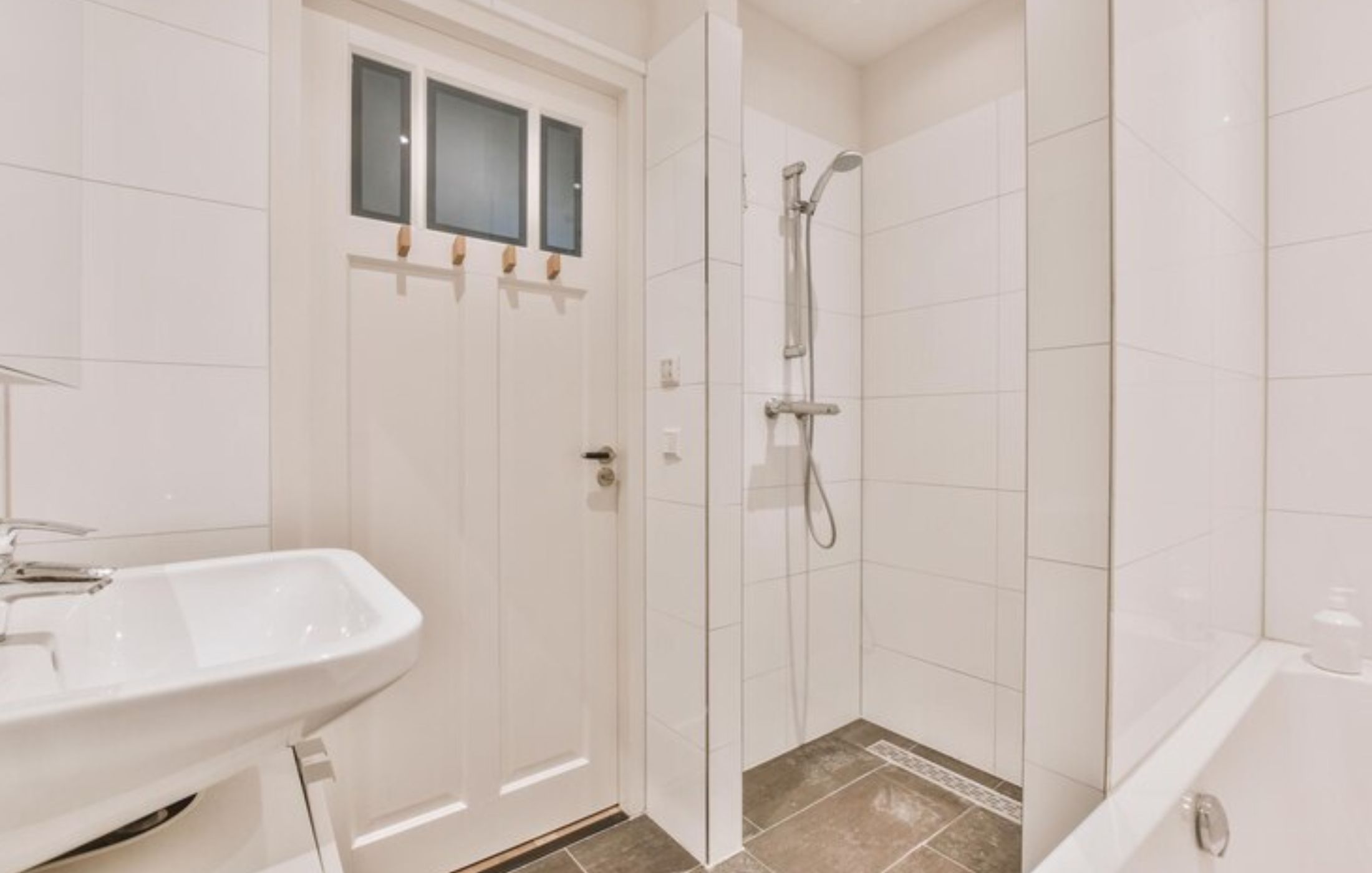When planning a bathroom renovation, you might wonder about the correct toilet installation sequence. The decision to install the toilet before or after flooring significantly impacts the project’s final results.
If you’re considering bathroom remodeling in Glendale, CA, Payless Bath Makeover can help. In this guide, we’ll explain whether your contractor should install the toilet before or after the flooring.
Understanding the Debate: Install the Toilet Before or After Flooring
Professional contractors generally recommend installing new flooring before placing the toilet. This approach creates a cleaner, more polished look and helps prevent future maintenance issues.
Here’s why flooring should come first:
- It creates a seamless appearance without visible gaps.
- Flooring beneath the toilet reduces the risk of leaks and prevents water damage to the subflooring.
- This method makes future toilet replacements easier.
- Even flooring installation ensures proper leveling and stability.
Key Factors in Bathroom Remodel Order
The bathroom renovation steps your contractor follows can make or break your project’s success. Several factors influence the ideal plumbing and flooring installation sequence.
These important elements will impact whether your contractor installs the toilet before or after the flooring:
- Floor height variations: Different flooring materials can significantly change the height of your bathroom floor. This height difference affects how the toilet flange sits relative to the finished floor. Professional installers must account for these variations to ensure proper toilet stability.
- Subfloor condition: The subfloor must be structurally sound to support the new flooring and fixtures. Water damage or rot in the subfloor can compromise the entire installation. Professionals assess and repair subfloor issues before proceeding with any installation.
- Type of flooring material: Each flooring material has unique installation requirements and compatibility considerations. Choosing the right flooring for bathroom settings impacts water resistance and longevity. The thickness of different materials affects the overall floor height and toilet installation.
- Existing plumbing configuration: The location and condition of existing plumbing lines influence installation decisions. The drain pipe must be placed perfectly with the toilet flange. Any necessary plumbing modifications should be completed before flooring installation.
- Building code requirements: Local building codes specify minimum clearances and installation standards. Proper permits and inspections may be required for certain modifications. Code compliance ensures safety and prevents costly corrections later.
Choosing the right flooring for a bathroom is crucial in the overall renovation process. Your contractor can provide additional flooring installation tips to guide you through the process.
Professional Installation Benefits
When contractors install the toilet properly, they prevent common problems that arise from incorrect sequencing. Professional installers understand how toilet and flooring overlap affects long-term performance.
Many homeowners encounter costly issues when attempting DIY installation, from improper sealing to uneven surfaces. These mistakes often lead to water damage, unstable fixtures, and the need for expensive repairs. Professional installation eliminates these risks and ensures lasting results.
Professional installation provides these advantages:
- Precise measurements and fitting: Professional installers use specialized tools to ensure exact measurements for your toilet model and flooring type. They account for variations in floor level and wall distances that might go unnoticed by untrained eyes.
- Proper sealing techniques: Contractors use industrial-grade sealants and professional application methods to create watertight barriers. They understand which sealant products work best with different flooring materials and know how to apply them for maximum effectiveness. Professional sealing prevents water infiltration, which could damage your subfloor or lead to mold growth.
- Correct flange height adjustments: Professionals know how to adjust the flange height to accommodate your flooring thickness and toilet model. They can identify when spacers or adjustments are needed to achieve the perfect height.
- Even weight distribution: Expert installers ensure your toilet’s weight is distributed evenly across the mounting surface. They check for proper support and stability during installation, preventing future shifting or movement. Professional installation accounts for subfloor strength and proper mounting techniques that prevent stress on plumbing connections.
- Professional waterproofing: Contractors apply comprehensive waterproofing methods that protect your flooring and subfloor. They understand the importance of proper vapor barriers and waterproof membranes in bathroom installations. Their expertise ensures long-lasting protection against water damage and extends the life of your bathroom fixtures.
Transform Your Bathroom With Payless Bath Makeover
Installing a toilet before or after flooring requires careful planning and expertise. Trust our experienced team to handle your bathroom renovation needs.
Do you need to obtain a permit for a bathroom? We can guide you through the process. At Payless Bath Makeover, we bring years of experience to every project, ensuring perfect installations every time.
Call us at (888) 389-9955 for expert toilet installation and flooring services in Glendale, CA.
- One Piece vs Two Piece Toilet – What’s the Difference - April 30, 2025
- Bidet Seat vs Bidet Toilet – Choosing the Right One - April 30, 2025
- Best Materials for Your Bathroom Vanity Cabinets - March 19, 2025




